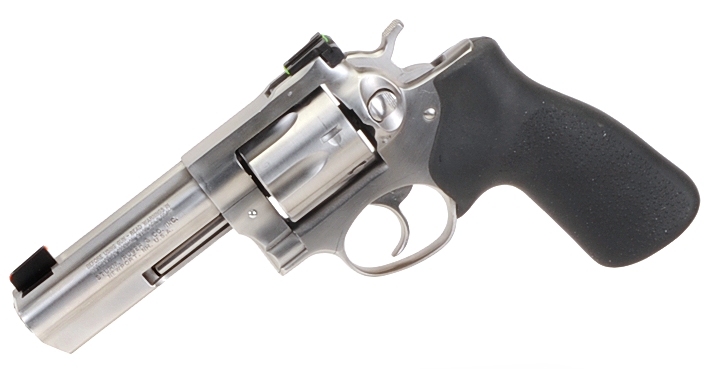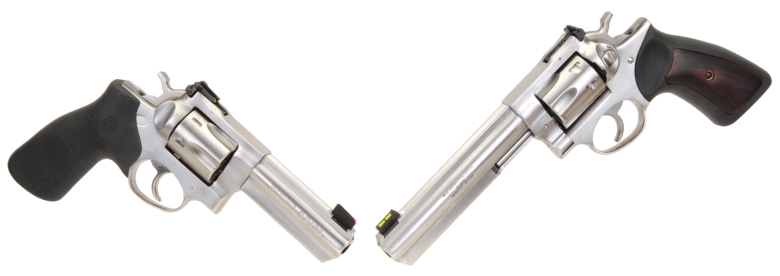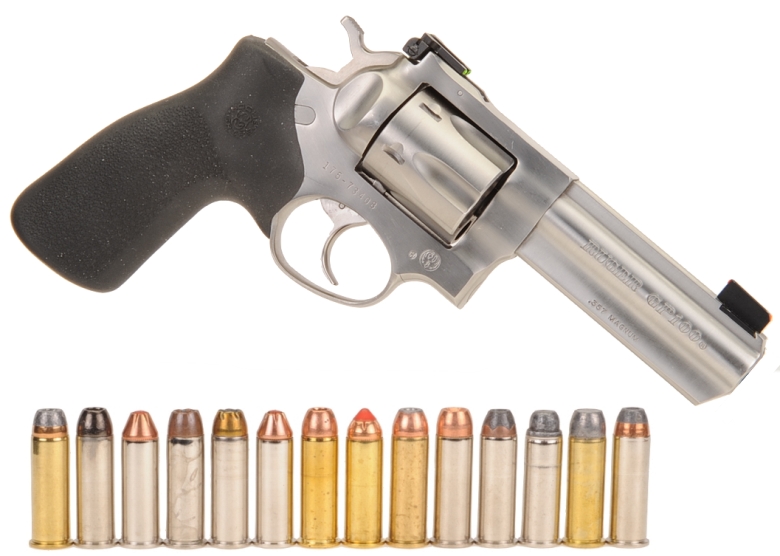04/23/2023 – There was a period of time, in throughout the 1960s and into the mid 1970s, when drag racing was the number one participating and spectating sport. Tracks operated, some three days each week, all over the country in 1/16th, 1/8th and 1/4 mile track conformity, car owners were free to modify their cars to suit and sportsman classes dominated competition.
The reality was that production cars, with the exception of a optimized versions assembled to compete, were actually not that fast. I don’t have to rely on memory and impressions, I still have time slips and local track publications that indicate class wins and document winning miles per hour and elapse time.
The really fast cars, by legend and reputation, belonged to street racers. Why? Because they went as fast as the imagination would allow, as they never ran in a controlled environment against a set of timers. They beat other cars perceived to be fast, but they also never were tested by objective measurement. Cars were attributed with levels of performance that defied the laws of physics and possibly gravity
At the track, clocks guided modifications and optimized tunes. Decisions, for those who paid attention to results rather than advertising and paid application stories, went faster and wasted fewer human and financial resources. Were their good inputs from technical sources? Sure, however, the information was still validated or rejected based upon simple measurement of elapse time and MPH.
How fast is your handgun in the quarter mile?
“Revolvers are dead. Auto loaders rule” – Anonymous 1980. No, I am not going to attempt to make the case for either. People pick their preference for one or the other for many reasons, some practical and logical, some a bit more subjective. In any event, it appears both revolvers and auto loaders have found a way to coexist. Well, Joe, then what is this all about? Give me a minute, I just got here myself.
Compact, narrow, 9mm Luger chambered auto loaders have become my primary concealed carry choices where concealment, lethality and light weight are my primary goals. Revolvers are my choice for open carry where lethality, convenient open carry and light weight are my primary goals.
But what about the auto loader’s rate of fire and high capacity magazines? Well, a semi auto pistol has a rate of fire of approximately 600 rounds per minute. Surprisingly, a double action revolver is about the same. However, a high capacity centerfire handgun would have to be reloaded approximately 36 times and the six shot revolver, approximately 100 times!…!!. However, in the settings of anticipated use, the latter is not really significant.

Above, my personal Ruger 4″ barrel GP100; soft grip with a contour that better fits my hand with adjustable fiber optic sights that are bright and sharp against any backdrop. Some time at the bench with fixtures and stones, juggling mainspring rates and centering fire control pieces with micro shims, has yielded slick 3 lbs 3oz single action and 6 lbs 15oz double action trigger pulls. Ignition is rock solid reliable. So it is optimized for my use and I carry a couple of speed loaders filled with ammo so I don’t have to reload one chamber at a time.
Using the timer function on my chronograph, I found my maximum rate of fire for putting all shots in a 5″ bullseye at 10 yards is 30 rounds per minute. No, my name will not appear on a wall alongside Ed McGivern or Jerry Miculek. Jerry Miculek’s record with a similar 357 Magnum revolver is 8 shots in 1 second, or 480 rounds per minute.
With the use of a simple timer within my chronograph, I was able to ignore ads, articles and social media debates and move on to remove very high rate of fire as a measure of required performance. Anything I might purchase is much faster than me.
The short and long of barrels
The Ruger GP100 is available in barrel lengths of 2.5″, 3″, 4.2″, 5″, 5.5, and 6″. What was once a 4″ barrel configuration, was changed to 4.2″ as an accommodation for Canadian civilian minimum barrel length. Considering the state of Canadian civilian handgun ownership, the change has become a very small tail, wagging a very large dog.
Selection of a 4.2″ barrel is based on overall balance, the gun’s weight as a factor in recovering from recoil, following a moving target and comfort in open carry. Shorter barrel versions, for me, feel muzzle light and are not as steady on target. The shorter sight radius requires great focus for alignment for accuracy and muzzle blast becomes annoying. As there is no intent to conceal, a short barrel would not serve a purpose.
The 6″ barrel version carries and additional 3.5 oz under the front sight, it has just enough extra length to get in the way of comfortable open carry. Newer GP100 generations carry one more round for a capacity of 7, the extra barrel length provides a longer sight radius and there is the potential for higher velocity. terms of velocity.
My cheap chronograph results and 1.8″ of barrel length difference
| Ammunition | Bullet Weight Grains |
MV FPS 4.2″ Barrel |
MV FPS 6.0″ Barrel |
6.0″ Barrel Δ |
| Hornady Critical Defense | 125 | 1424 | 1445 | 20 |
| Barnes Vortex | 140 | 1417 | 1397 | -20 |
| Hornady LeverEvolution | 140 | 1459 | 1476 | 17 |
| Blazer Brass | 158 | 1168 | 1124 | -44 |
| Remington HTP | 158 | 1371 | 1369 | -2 |
| HSM Bear Load | 180 | 1174 | 1186 | 12 |
I was reading and article that began with, “It’s basic physics, a longer barrel will always produce higher velocity”. That’s like saying the influences on climate is settled science, or the years of national suffering under COVID lock down made perfect sense.
“basic physics” is an oxymoron. Issac Newton, Charles and Boyle and da Vinci’s systematic study of friction are not simple anything, at least not for me and, no doubt, the author who expressed uniform progression and predictability of velocity based upon barrel length changes. The author used the term to wrap himself in the credibility of real science through association, without actually doing the math. So being the dunce that I am, with not the slimmest chance of fully comprehending the detail of the underlying science, I just skipped the math and went directly to the answer.
Fresh batteries installed, the chronograph was set 10 feet from each revolver’s muzzle to make the chronograph readings as consistent as possible. Far enough away so that powder particles flying ahead of a bullet would not prematurely trip the timing circuit and generate an artificially low reading. The velocity readings reflect an average of 5 rounds fired of each ammo type with simple averaging applied.
What could make a longer barrel lose velocity?
I do not believe the chronograph was puking readings as velocity variations were narrow within any five round group fired. Could be impact differences or bore sealing for different bullet types, bore friction and/or material hardness in regard to length of bore. Could be longer barrel length increased bore time allowed more gas bleed at the cylinder gap. Could be an entire dynamic, only to be understood by Issac Newton, Charles and Boyle and/or da Vinci’s…
Alternatives?
While the basis for selection was quantifiable, the tests were applicable only to the priorities I set. Someone else might point out that longer barrels have a longer sight radius that makes it easier for a shooter to shoot accurately. They may also point out that the extra weight of a longer barrel gun absorbs greater amounts of recoil and diminishes muzzle rise. It will be interesting to read social media comment.



Email Notification